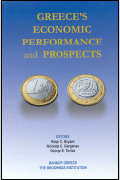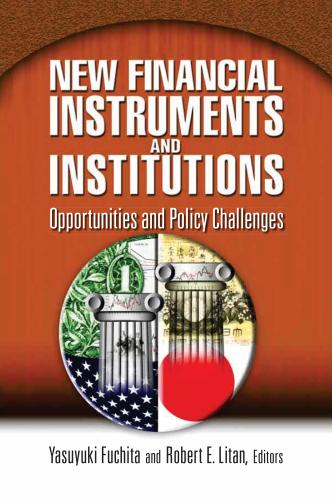MEDIA SUMMARY
Effects of Abenomics modest; Other economic policy likely necessary to boost Japan’s economy
Exports, consumption not improved in spite of Bank of Japan actions
While Japan’s recent expansionary monetary policy known as Abenomics continued to weaken the yen, raise stock prices, and generate positive inflation, the real effects have been modest, with net exports and consumption contributing surprisingly little to growth since the program was launched 3 years ago. In an update to their Spring 2014 paper, Joshua K. Hausman of the University of Michigan and Johannes F. Wieland of the University of California at San Diego note that consensus forecasts are for the level of GDP over the next five years to be nearly the same as that forecast in October 2012 — before Abenomics began. This likely reflects the imperfect credibility of the 2 percent inflation target, the weak net export response, larger than expected negative impacts from past and future consumption tax increases, and a lack of progress on structural reforms. But while the magnitude of the current benefits from Abenomics appear to thus far be small, they may grow larger if Japan succeeds in raising inflation expectations from their current 1-1.5 percent to 2 percent. For this to occur, the Bank of Japan may need to implement additional stimulus measures to convince markets and firms that 2 percent inflation is feasible. More progress on structural reforms would also have large benefits, with many low cost but high return changes possible.
The Brookings Institution is committed to quality, independence, and impact.
We are supported by a diverse array of funders. In line with our values and policies, each Brookings publication represents the sole views of its author(s).






